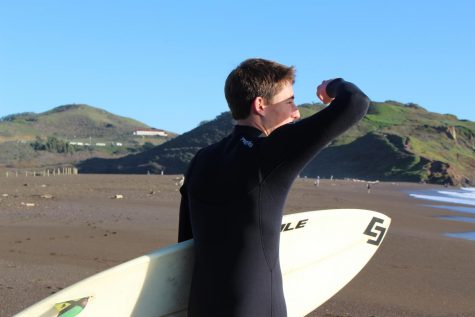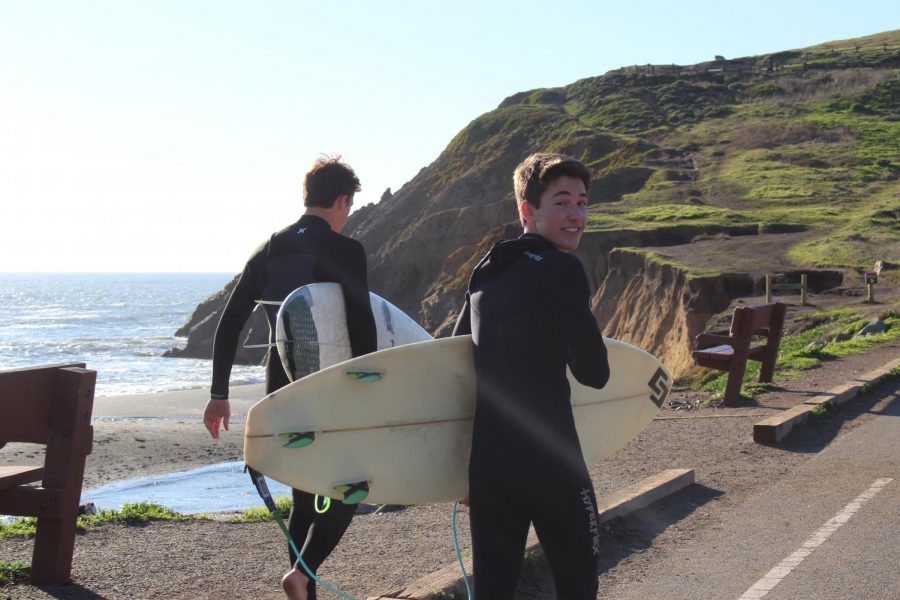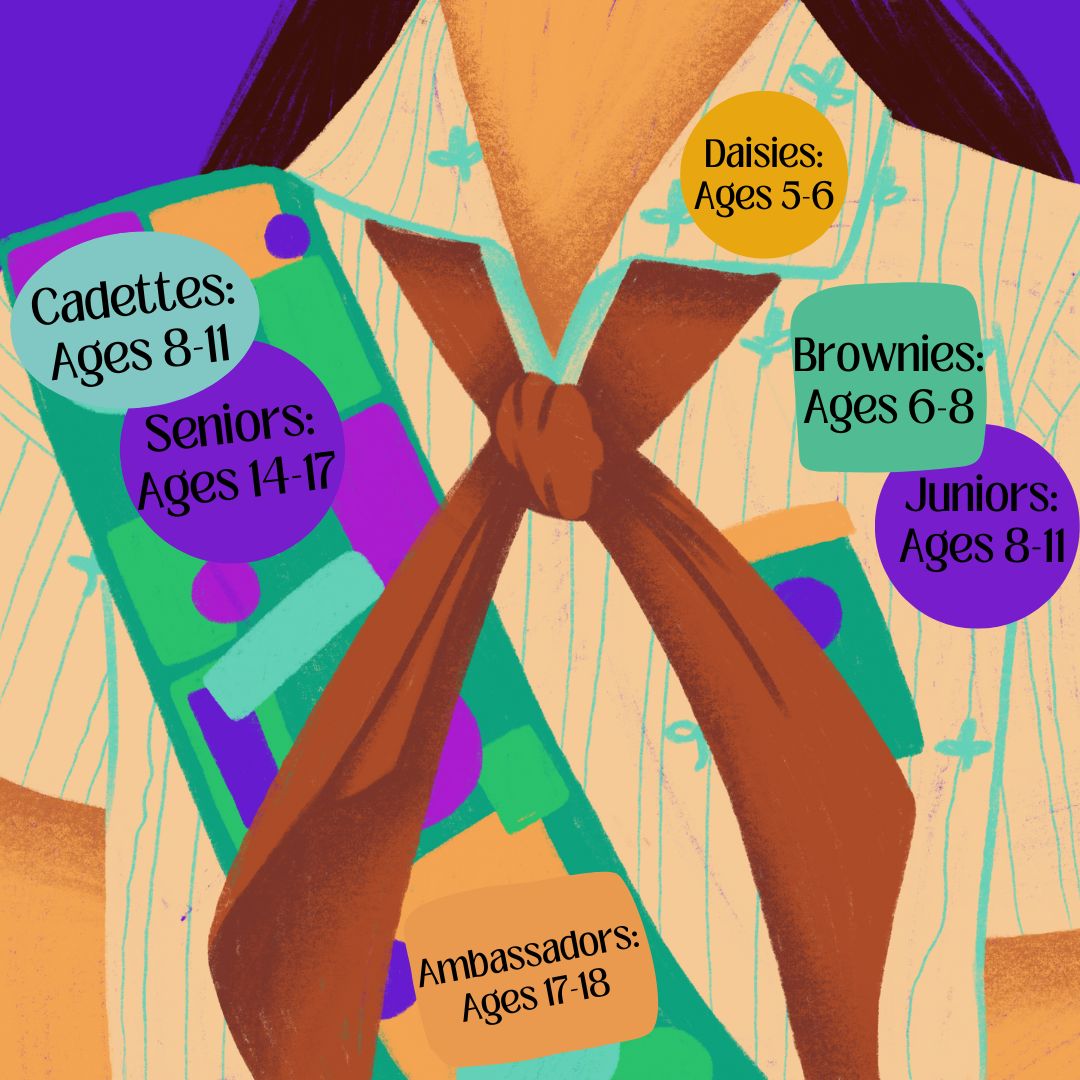“I’ve seen plenty of people putting themselves out of their comfort zones, usually on the days where there’s more swell. I’ve seen them struggle on the inside, get caught under waves gasping for air. Just this winter, someone died at Ocean Beach and there was another person hospitalized,” Thomas Durtschi, a senior that frequently surfs at Fort Cronkhite, said.
Some Redwood students choose to brave the cold temperatures of the Northern California waters to get the most out of the surf season. Experienced surfers like Durtschi and junior Zan Curleigh surf about three to five times per week. However, with such easy access to California’s notoriously surfable waters, less-experienced people may find themselves in a dangerous situation.

“It’s good to be pushed out of your comfort zone, but sometimes people go too far. They try to surf waves bigger than they are capable of and it gets dangerous,” Durtschi said.
During the winter when the swell rises, Advanced Placement Environmental Science teacher Mitch Cohen will go surfing at least twice a week. Even with 30 years of surfing experience, Cohen still encounters unpredictable conditions in the water.
“I’ve had some long swims where I’ve lost my surfboard and it’s taken me 25 minutes to make it [to shore] because you get caught in these [riptides] and you have to pay attention to the waves that are breaking,” Cohen said.

Cohen advises individuals to first understand their own abilities and limits before entering the water and to make sure that they can swim sufficiently.
“You can be several hundred yards from shore, and when you get separated from your board, you have to be prepared to swim and I think a lot of people lose sight of that. Boards break and leashes break. It’s just a part of the game,” Cohen said.
According to Curleigh, co-president of the Surf Club, safety is highly encouraged in the surf community with sayings such as, “Know before you go” and, “When in doubt, don’t go out.”
“The most common mistake is really inexperienced people going out who think they’re going to be safe even though they’re not, then they go out when it’s really dangerous,” Curleigh said.
According to CBS San Francisco Bay Area, on Dec. 7, a surfer died after surfing in rough conditions on the south side of Ocean Beach—an area most surfers usually try to avoid.
“That [event] just shows someone not knowing what they’re going to get themselves into. Northern California water can change so fast. Someone who’s experienced sees that but someone not as experienced has a totally different outlook,” Curleigh said.
In order to prevent surfing in waves above your ability, Durtschi suggests a heavy amount of research. Durtschi said that before surfing at new beaches, he checks websites like Surfline to find out conditions and finds the best spot to surf based on the swell and tide. When approaching a beach, he takes several minutes to watch the sets and look at where other people are surfing.

“You have to be able to read the ocean before you even get in the water. You can see these currents because sand gets sucked up from the bottom of the water and the water’s kind of choppy,” Durtschi said.
Cohen stated that overall, it’s important for beginners to learn their limits over time.
“When you go skiing you don’t start on the black slopes. You progress from the green to the blue to the black, and surfing is the same way. You get experience with time, with experience you get confidence, and with both of those you get safety,” Cohen said.













!["I knew I wanted to be a writer. I wasn't a good student [at Redwood], but I wanted to be a writer, and I wanted to paint. I'm self-taught in all of it, which gave me an original voice," Paige Peterson said. (Photo courtesy of Paige Peterson’s website).](https://redwoodbark.org/wp-content/uploads/2025/02/ppeterson.png)